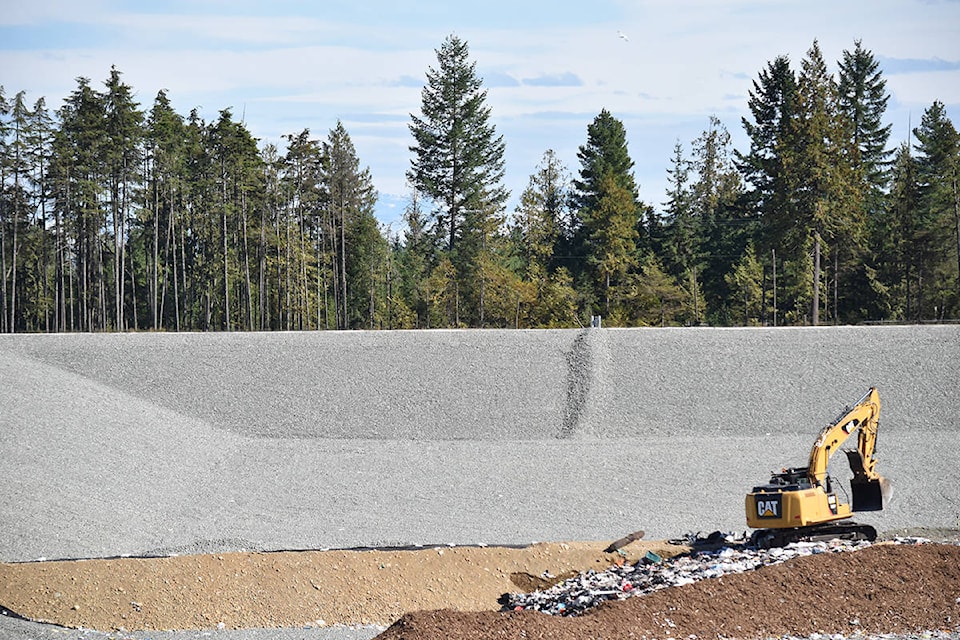A tonne of garbage costs less in the Comox Valley than in Campbell River.
In the future the region’s trash will make its way toward the Comox Valley while organics will be sent to Campbell River for recycling. That’s the plan for Comox Strathcona Waste Management (CSWM) when the current landfill closes in Campbell River around 2023 and an organics composting facility opens. CSWM represents both the Comox Valley Regional District and the Strathcona Regional District.
“We made that decision to go to one site many years ago,” said Andrew McGifford, CSWM senior waste manager. “It is a cost-effective way of delivering a service.”
At present, the numbers indicate about three loads of waste per day are coming from the Campbell River centre, with one truck-load of organics planned to go up from the Comox Valley to Campbell River during the first phase of the organics facility.
For now, both communities are operating landfills, and in response to a request from CSWM board members last year, staff put together a report to compare the costs to operate each site. At the board’s meeting in June, their last meeting for the summer, directors approved a motion to receive the report.
RELATED STORY: CSWM considers tipping fee increase
RELATED STORY: Plenty more waste in Comox Valley and Campbell River landfills could be diverted – audit
Based on costs versus volumes at the sites, it costs CSWM about $70.37 per tonne to run the landfill at the Comox Valley Waste Management Centre, while the Campbell River Waste Management Centre operates at a cost of $79.13.
“In the end, more tonnage at one site will get a lower cost per tonne,” McGifford said. “Those costs are divided over a greater amount of tonnes in Comox rather than Campbell River.”
The reason, he explains, lies in economies of scale. With a larger population, the Comox Valley handles more waste, almost 60 per cent, while the Campbell River site makes up for just over 40 per cent.
At the same time, the sites have costs such as salaries and wages balanced between the two operations. The costs include all on-site landfill and diversion activities. The report was put together using budget costs from 2018.
“When you have those costs, some of those costs are fixed,” he said.
The staff report excludes some factors such as the cost to close a landfill, as it would prove difficult to compare. In Comox, they have already incurred costs around replacing the old landfill with a new one, while new criteria for closing landfills would have an impact on the costs in Campbell River.
“There’s timing issues, there’s landfill criteria,” McGifford said. “We really just wanted to look at the operations…. There’s so many variables.”
The report was not a perfect analysis, he conceded, but rather a way to choose the relevant factors to compare to get a reflection of operating costs.
